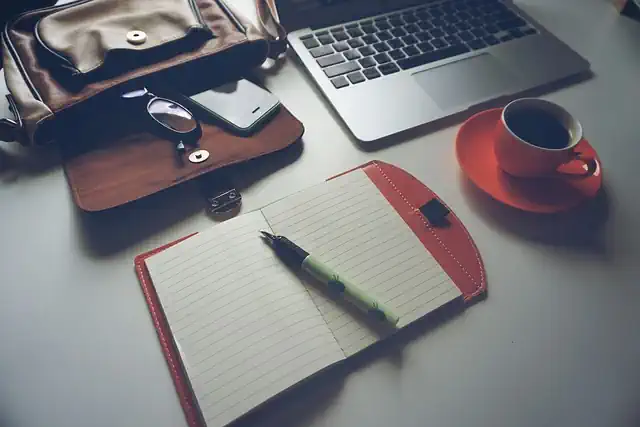Safe House
Introduction
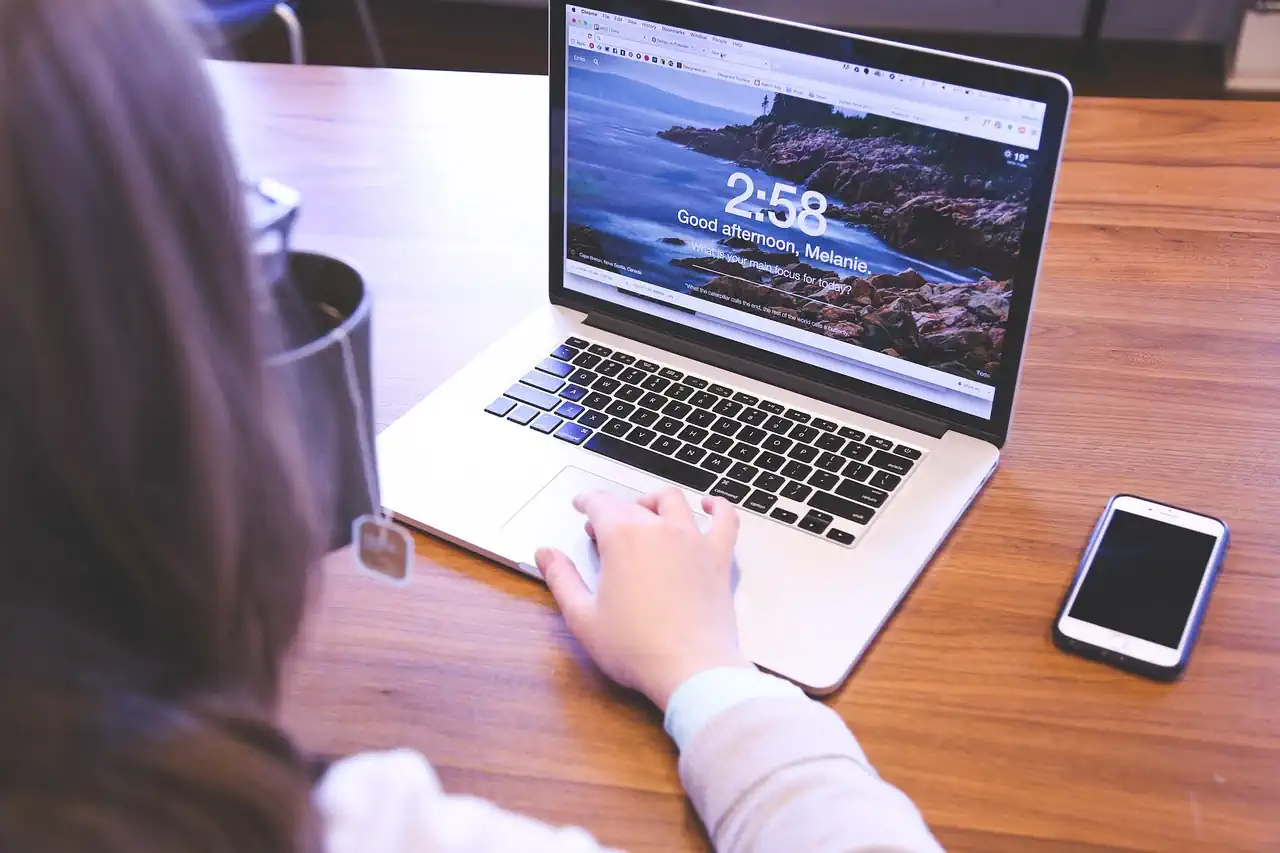
Safe House is a secure location where individuals can seek refuge and protection from potential harm or danger. These facilities are typically operated by government agencies or non-profit organizations and offer a range of services, including shelter, food, medical care, and counseling. Safe houses are designed to provide a safe and supportive environment for individuals who are fleeing domestic violence, human trafficking, or other forms of abuse or exploitation. They are an important resource for vulnerable populations and play a critical role in promoting safety and well-being.
The Importance of Safe Houses in High-Risk Areas
Living in a high-risk area can be a daunting experience. The constant fear of danger can take a toll on one’s mental and physical health. However, there are ways to mitigate the risks and ensure safety. One such way is by having a safe house.
A safe house is a secure location where individuals can seek refuge in times of danger. It is a place where they can feel protected and secure. Safe houses are particularly important in high-risk areas where crime rates are high, and violence is prevalent.
The importance of safe houses cannot be overstated. They provide a sense of security and peace of mind to individuals living in high-risk areas. Knowing that there is a safe place to go in case of an emergency can help alleviate the stress and anxiety that comes with living in such areas.
Safe houses are also crucial for victims of domestic violence. They provide a safe haven for individuals who are fleeing abusive relationships. Domestic violence is a serious issue that affects millions of people worldwide. Having a safe house where victims can seek refuge can be life-saving.
Safe houses are not just for individuals in immediate danger. They can also be used as a preventative measure. For example, parents can use safe houses to keep their children safe from gang violence or drug abuse. By providing a safe and secure environment, parents can ensure that their children are not exposed to the dangers of the streets.
Safe houses can also be used by community organizations to provide support and assistance to individuals in need. For example, a safe house can be used as a shelter for the homeless or as a place where individuals can receive counseling and support services.
In addition to providing a safe haven for individuals, safe houses also play a crucial role in law enforcement. They can be used as a base of operations for police officers and other law enforcement officials. Safe houses can also be used as a location for witness protection programs.
Safe houses are not just physical structures. They are also a network of individuals who are committed to providing support and assistance to those in need. Safe houses are often run by volunteers who are dedicated to making a difference in their communities. These volunteers provide a range of services, including counseling, advocacy, and support.
In conclusion, safe houses are an essential component of any high-risk area. They provide a sense of security and peace of mind to individuals living in dangerous environments. Safe houses are not just physical structures; they are a network of individuals who are committed to making a difference in their communities. By providing a safe and secure environment, safe houses can help mitigate the risks associated with living in high-risk areas.
Designing a Safe House: Tips and Tricks
Designing a Safe House: Tips and Tricks
When it comes to designing a safe house, there are a few key factors to consider. Whether you’re building a new home or renovating an existing one, safety should always be a top priority. Here are some tips and tricks to help you create a safe and secure living space for you and your family.
1. Install a Security System
One of the most effective ways to keep your home safe is by installing a security system. This can include cameras, motion sensors, and alarms that will alert you if someone tries to break in. Make sure to choose a system that is easy to use and has a reliable monitoring service.
2. Use Strong Doors and Windows
Your doors and windows are the first line of defense against intruders. Make sure to use strong, solid doors with deadbolts and reinforced frames. For windows, consider using shatter-resistant glass or installing security bars.
3. Keep Your Home Well-Lit
A well-lit home is less likely to be targeted by burglars. Install outdoor lighting around your home, especially near entry points. You can also use motion-activated lights to deter intruders.
4. Secure Your Garage
Your garage can be a vulnerable entry point for burglars. Make sure to keep it locked at all times and install a security system that includes the garage. You can also use a garage door opener with rolling code technology to prevent thieves from hacking into the system.
5. Create a Safe Room
In case of an emergency, it’s important to have a safe room where you and your family can go to hide. This room should be located on the ground floor and have a solid door with a deadbolt. You can also reinforce the walls and ceiling with steel plates or bullet-resistant materials.
6. Install Smoke and Carbon Monoxide Detectors
Smoke and carbon monoxide detectors are essential for keeping your home safe from fires and gas leaks. Make sure to install them in every room and test them regularly to ensure they are working properly.
7. Keep Your Home Tidy
A cluttered home can be a safety hazard, especially if there are items blocking exits or creating tripping hazards. Keep your home tidy and organized to reduce the risk of accidents.
8. Have an Emergency Plan
In case of an emergency, it’s important to have a plan in place. Make sure everyone in your household knows what to do in case of a fire, natural disaster, or other emergency. Practice your plan regularly to ensure everyone is prepared.
Designing a safe house takes time and effort, but it’s worth it to ensure the safety and security of your family. By following these tips and tricks, you can create a home that is both comfortable and safe. Remember to always prioritize safety when making design decisions and to stay vigilant in protecting your home.
The Role of Technology in Safe House Security
When it comes to keeping our homes safe, technology has become an increasingly important tool. From smart locks to security cameras, there are a variety of high-tech solutions available to help protect our homes and families. In this article, we’ll explore the role of technology in safe house security and discuss some of the most popular options on the market today.
One of the most popular types of technology used in safe house security is the smart lock. These locks allow homeowners to control access to their homes remotely, using a smartphone app or other device. With a smart lock, you can lock and unlock your doors from anywhere, and even set up temporary access codes for guests or service providers.
Another popular option is the security camera. These cameras can be placed both inside and outside the home, and can be accessed remotely via a smartphone app or other device. Some cameras even come equipped with motion sensors and other advanced features, allowing homeowners to monitor their homes in real-time and receive alerts if anything suspicious is detected.
In addition to smart locks and security cameras, there are a variety of other high-tech solutions available for safe house security. For example, some homeowners choose to install smart lighting systems that can be controlled remotely, allowing them to turn lights on and off even when they’re not at home. Others opt for smart thermostats that can be programmed to adjust the temperature of the home based on their preferences and schedule.
Of course, with all of these high-tech solutions comes the need for proper cybersecurity measures. It’s important to ensure that any devices connected to your home network are secure and protected from hackers. This may involve setting up strong passwords, using two-factor authentication, and regularly updating software and firmware.
Another important consideration when it comes to safe house security is privacy. With cameras and other devices constantly monitoring our homes, it’s important to ensure that our personal information is kept safe and secure. This may involve setting up privacy settings on devices, using encryption to protect data, and being mindful of who has access to our devices and networks.
Ultimately, the role of technology in safe house security is to provide homeowners with peace of mind and a greater sense of control over their homes. Whether you opt for a smart lock, security camera, or other high-tech solution, it’s important to choose a system that meets your specific needs and budget. With the right technology in place, you can rest easy knowing that your home and family are safe and secure.
Safe House vs. Panic Room: Which is Right for You?
When it comes to home security, there are a variety of options available to homeowners. Two popular choices are safe houses and panic rooms. While both offer protection in the event of a home invasion or other emergency, they differ in their design and purpose. In this article, we’ll explore the differences between safe houses and panic rooms, and help you determine which option is right for you.
First, let’s define what we mean by a safe house. A safe house is a fortified structure within a home that is designed to protect occupants from external threats. Safe houses are typically constructed with reinforced walls, doors, and windows, and may include features such as bulletproof glass, security cameras, and alarms. The purpose of a safe house is to provide a secure location where occupants can retreat in the event of a home invasion or other emergency.
In contrast, a panic room is a smaller, more self-contained space within a home that is designed to protect occupants from immediate threats. Panic rooms are typically located in a central area of the home, such as a bedroom or closet, and are constructed with reinforced walls, doors, and windows. The purpose of a panic room is to provide a safe haven where occupants can hide until help arrives.
So, which option is right for you? The answer depends on a variety of factors, including your budget, the level of security you require, and your personal preferences.
If you’re looking for a high level of security and have the budget to support it, a safe house may be the right choice for you. Safe houses offer a greater degree of protection than panic rooms, as they are designed to withstand sustained attacks from intruders. Additionally, safe houses can be equipped with a variety of security features, such as alarms and cameras, to provide an extra layer of protection.
However, safe houses are also more expensive than panic rooms, and require a significant investment in both time and money to construct. If you’re on a tight budget, a panic room may be a more practical option.
Panic rooms are typically less expensive than safe houses, and can be constructed relatively quickly. Additionally, panic rooms are more discreet than safe houses, as they can be hidden behind a false wall or other inconspicuous feature. This can be an advantage if you don’t want potential intruders to know that you have a secure location within your home.
However, panic rooms offer less protection than safe houses, and are designed to provide a temporary safe haven rather than a long-term solution. If you’re looking for a more permanent solution to home security, a safe house may be a better choice.
Ultimately, the decision between a safe house and a panic room comes down to your individual needs and preferences. If you’re looking for the ultimate in home security and have the budget to support it, a safe house may be the right choice for you. However, if you’re on a tight budget or simply want a discreet location to hide in the event of an emergency, a panic room may be a more practical option.
Regardless of which option you choose, it’s important to remember that home security is an ongoing process. In addition to a safe house or panic room, you should also take steps to secure your home’s perimeter, such as installing security cameras and motion-activated lights. By taking a comprehensive approach to home security, you can help ensure the safety of yourself and your loved ones.
Training for Safe House Emergencies: What You Need to Know
As a safe house operator, it is important to be prepared for any emergency situation that may arise. Whether it is a natural disaster, a medical emergency, or a security breach, having a plan in place can mean the difference between life and death. In this article, we will discuss the key elements of safe house emergency training and what you need to know to keep your residents safe.
First and foremost, it is important to have a comprehensive emergency plan in place. This plan should include procedures for evacuating the safe house in the event of a fire or other emergency, as well as protocols for dealing with medical emergencies and security breaches. All staff members should be trained on these procedures and should be able to execute them quickly and efficiently.
In addition to having a plan in place, it is important to conduct regular drills to ensure that everyone knows what to do in the event of an emergency. These drills should be conducted at least once a year and should involve all staff members and residents. During the drill, staff members should simulate various emergency scenarios and residents should practice evacuating the safe house.
Another important aspect of safe house emergency training is communication. In the event of an emergency, it is important to have a system in place for communicating with staff members, residents, and emergency responders. This may include a phone tree, a two-way radio system, or a designated meeting place where everyone can gather in the event of an emergency.
It is also important to have a well-stocked emergency kit on hand at all times. This kit should include basic first aid supplies, flashlights, batteries, a radio, and non-perishable food and water. In the event of a natural disaster or other emergency, this kit can be a lifesaver.
Finally, it is important to stay up-to-date on the latest emergency procedures and protocols. This may involve attending training sessions or workshops, reading industry publications, or consulting with other safe house operators. By staying informed and up-to-date, you can ensure that your safe house is always prepared for any emergency situation.
In conclusion, safe house emergency training is a critical component of operating a safe and secure facility. By having a comprehensive emergency plan in place, conducting regular drills, communicating effectively, maintaining a well-stocked emergency kit, and staying informed on the latest procedures and protocols, you can ensure that your residents are safe and secure at all times. Remember, being prepared is the key to success in any emergency situation.
The Psychology of Safe House Design: Creating a Sense of Security
When it comes to designing a safe house, there are a number of factors that need to be taken into consideration. One of the most important of these is creating a sense of security for the occupants of the home. This can be achieved through a number of different design elements, including the use of lighting, landscaping, and security systems.
One of the most important aspects of creating a sense of security in a safe house is the use of lighting. This can be achieved through a number of different methods, including the use of motion-activated lights, floodlights, and strategically placed lamps. By ensuring that the exterior of the home is well-lit, potential intruders are less likely to attempt to break in, as they will be more easily spotted by neighbors or passersby.
Another important aspect of safe house design is landscaping. By ensuring that the landscaping around the home is well-maintained and free of overgrown bushes or trees, potential intruders are less likely to attempt to enter the property. Additionally, the use of thorny plants or bushes can act as a deterrent to would-be intruders, as they will be less likely to attempt to climb over them.
In addition to lighting and landscaping, the use of security systems is also an important aspect of safe house design. This can include the use of security cameras, alarms, and motion sensors. By ensuring that the home is well-protected, occupants can feel more secure in their surroundings, knowing that any potential intruders will be quickly detected and deterred.
Another important aspect of safe house design is the use of secure doors and windows. This can include the use of reinforced glass, deadbolts, and security bars. By ensuring that the doors and windows of the home are well-protected, potential intruders are less likely to attempt to break in, as they will be deterred by the added security measures.
Finally, it is important to consider the psychological aspects of safe house design. This can include the use of calming colors and textures, as well as the placement of furniture and other objects in a way that promotes a sense of safety and security. By creating a comfortable and welcoming environment, occupants of the home are more likely to feel secure and at ease in their surroundings.
In conclusion, designing a safe house requires careful consideration of a number of different factors. By ensuring that the home is well-lit, well-landscaped, and well-protected by security systems, occupants can feel more secure in their surroundings. Additionally, by considering the psychological aspects of safe house design, designers can create a space that promotes a sense of safety and security for all who live there.
Famous Safe Houses: A Look at the World’s Most Secure Residences
Safe House
When it comes to security, some people take it to the extreme. They want to ensure that their homes are impenetrable fortresses, capable of withstanding any threat. These individuals often invest in high-tech security systems, reinforced doors and windows, and even underground bunkers. But for some, these measures are not enough. They seek out safe houses, residences that are specifically designed to protect their occupants from harm.
Safe houses have been around for centuries, but they have become increasingly popular in recent years. They are often used by celebrities, politicians, and other high-profile individuals who are at risk of being targeted by criminals or terrorists. These homes are designed to be virtually impenetrable, with reinforced walls, bulletproof windows, and state-of-the-art security systems.
One of the most famous safe houses in the world is the White House. This iconic residence has been the home of every U.S. president since John Adams in 1800. The White House is not only a symbol of American democracy, but it is also one of the most secure buildings in the world. It is protected by the Secret Service, which employs a variety of security measures to ensure the safety of the president and his family.
Another famous safe house is the Buckingham Palace in London. This is the official residence of the British monarch, and it is one of the most recognizable buildings in the world. The palace is protected by the Metropolitan Police, who use a variety of security measures to keep the royal family safe. These measures include CCTV cameras, armed guards, and even a moat.
In addition to these famous safe houses, there are many others around the world that are equally secure. One such residence is the Villa Leopolda in France. This sprawling estate is owned by Lily Safra, a Brazilian philanthropist, and it is one of the most expensive homes in the world. The Villa Leopolda is protected by a team of security guards, and it has a state-of-the-art security system that includes motion sensors, cameras, and alarms.
Another famous safe house is the Hearst Castle in California. This historic estate was built by newspaper magnate William Randolph Hearst in the early 20th century, and it is now a popular tourist attraction. The Hearst Castle is protected by a team of security guards, and it has a sophisticated security system that includes motion sensors, cameras, and alarms.
While safe houses are often associated with the rich and famous, they are also used by government agencies and law enforcement. For example, the CIA has a number of safe houses around the world that are used to protect its agents and operatives. These homes are often located in remote areas, and they are designed to be virtually invisible to outsiders.
In conclusion, safe houses are an important part of our modern world. They provide a level of security that is unmatched by traditional homes, and they are often used by high-profile individuals who are at risk of being targeted by criminals or terrorists. While they may seem extreme to some, safe houses are a necessary precaution in today’s world. Whether they are used by celebrities, politicians, or government agencies, these residences are designed to keep their occupants safe and secure.
Conclusion
Conclusion: Safe House is a crucial and necessary resource for individuals who are experiencing domestic violence or abuse. It provides a safe and secure environment for victims to seek refuge and receive support and resources to help them escape their abusive situations. Safe House plays a vital role in the community by raising awareness about domestic violence and providing education and prevention programs to help end the cycle of abuse.

